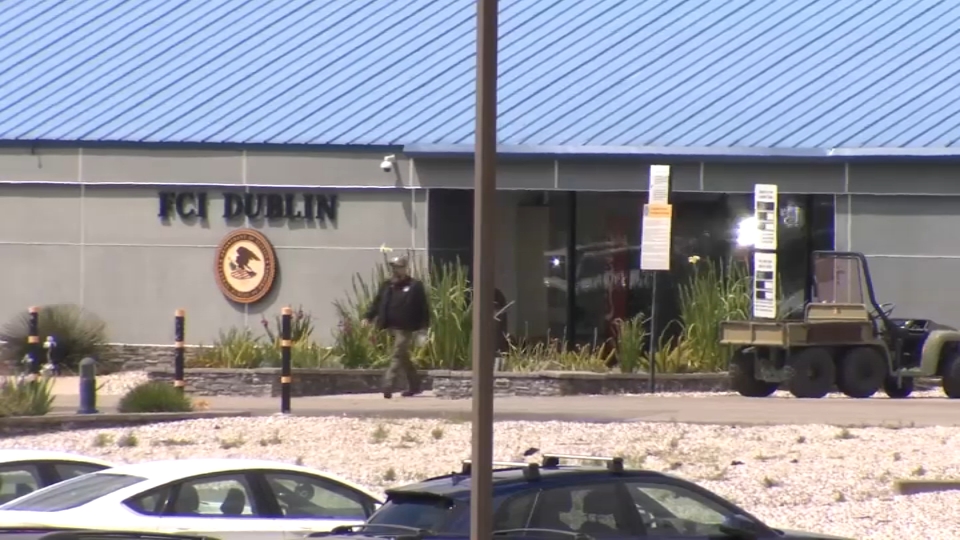| By Aaron Glantz |
| Center for Investigative Reporting |
| Publish date: Nov. 11, 2013 |
Far fewer veterans are facing long waits for disability compensation after the Department of Veterans Affairs spent the past six months focusing on the backlog, including mandating case worker overtime and rolling out a new computer system.
The progress came amid a torrent of public pressure that followed a March report from The Center for Investigative Reporting.
Internal VA documents, obtained by CIR, revealed the agency’s ability to provide earned benefits quickly had virtually collapsed under President Barack Obama, with the number of veterans waiting more than a year for compensation increasing by more than 2,000 percent, to 256,000 in March.
Since then, the number of veterans facing delays for a year or longer has fallen to 34,000, and the average time veterans have been waiting has dropped by nearly four months.
“It makes a huge difference,” said Edwin Del Rio, 24, an Afghanistan War veteran. He had depended on high-interest payday loans to pay rent on his apartment near San Francisco while he waited two years for the VA to resolve his claim for post-traumatic stress disorder, knee pain and a foot injury.
In May, Del Rio received a $31,000 retroactive benefits check to cover the payments the VA should have made during the delay. He used $11,000 to pay off his debt and buy a Gibson Les Paul electric guitar. He is saving the rest to help pay for school or a future home.
Local
Del Rio said he called the VA’s suicide hotline three times while he waited for benefits but hasn’t since receiving them.
Despite clear progress, the VA failed to meet its goal to eliminate all year-old disability claims by October. The agency also fell 100,000 claims short of its production goal for the fiscal year that ended Sept. 30.
On the eve of Veterans Day, 401,000 claims remained officially backlogged, meaning that the applicants have been waiting at least four months – the agency’s target for the maximum allowable delay.
“Nobody should be declaring victory while so many people have been enduring the emotional and financial strain of waiting,” said Paul Rieckhoff, founder and CEO of Iraq and Afghanistan Veterans of America.
But longtime observers say they see improvement on a daily basis.
“They’re knocking out cases left and right,” said David Culmer, the American Legion’s service director in Los Angeles, where the typical time veterans have been waiting fell from 421 days in March to 198 days in late October.
Culmer, a Vietnam veteran who has been working on veterans’ disability claims since 1972, said he never had seen the agency so focused on helping veterans.
After CIR’s story was published in March, 67 senators and more than 160 members of the House of Representatives wrote to Obama demanding that the president become personally involved in fixing the claims backlog.
Dozens of newspapers, including The New York Times and the Los Angeles Times, published editorials citing CIR and demanding solutions. “The Daily Show with Jon Stewart” broadcast a series of segments called “The Red Tape Diaries” based on a fact first reported by CIR – that despite a four-year, half-billion-dollar computerization effort, 97 percent of disability claims remained on paper.
Today, the computer system is in use at each of the VA’s 58 regional offices, and hundreds of thousands of paper files have been scanned and digitized.
This spring, a series of senior VA officials resigned. On May 15, Secretary of Veterans Affairs Eric Shinseki announced that the more than 10,000 VA employees who process claims each would be required to work 20 hours of overtime a month to combat the backlog.
If the VA continues at its current pace, it will eliminate the backlog in mid-December 2014, fulfilling a promise set by the Obama administration that no veteran would have to wait more than four months by 2015.
In interviews, VA workers said they receive frequent praise for their progress from the agency’s undersecretary for benefits, retired Brig. Gen. Allison Hickey.
“I am very pleased with your exceptional effort!” read one all-staff email Hickey sent Aug. 23. “So are the many Veterans, family members and Survivors you are helping in history breaking ways. Let’s show the world how much we care about them all! Lean in – grant if you can. Deny only if you must!!!”
Some workers expressed concern that the gains might not be sustainable.
They produced other emails from agency officials indicating that the computer system regularly crashes, and they argued that the VA’s ability to cut the backlog has been almost entirely due to working five months of mandatory overtime at a cost of tens of millions of dollars.
“People are burnt out,” said Ron Robinson, an Army veteran who has worked at the VA’s regional office in South Carolina for 16 years.
Valorie Reilly, president of the American Federation of Government Employees union local at the VA’s St. Petersburg, Fla., office, said claims processors have been told to focus exclusively on year-old disability claims, leaving newer claims to languish.
“We’ve made a tremendous amount of progress, but on the other hand, if you filed a claim in February, it’s not a year old yet, so it’s probably just sitting there,” she said.
For those still waiting, the encouraging news was not much solace.
In the New York suburb of Yonkers, former infantryman Heriberto Baez has been waiting 291 days for the VA to rule on his claim for post-traumatic stress disorder, back pain and a knee injury he suffered jumping out of a helicopter in Afghanistan.
When Baez first returned from Afghanistan in 2004, he found work as a restaurant manager, but as time went on, the physical and psychological pain caught up with him.
After he stabbed himself in the forehead during a flashback while sleeping, Baez quit his job to make time for weekly medical appointments. In June, he applied for food stamps, unable to support his wife, stepson and infant.
“I just don’t want a lot, just what’s fair,” Baez said, “what they promised they’d give us if we got hurt.”
This story was edited by Amy Pyle and copy edited by Nikki Frick and Christine Lee.
The independent, nonprofit Center for Investigative Reporting is the country’s largest investigative reporting team. For more, visit www.cironline.org. The reporter can be reached at aglantz@cironline.org.



